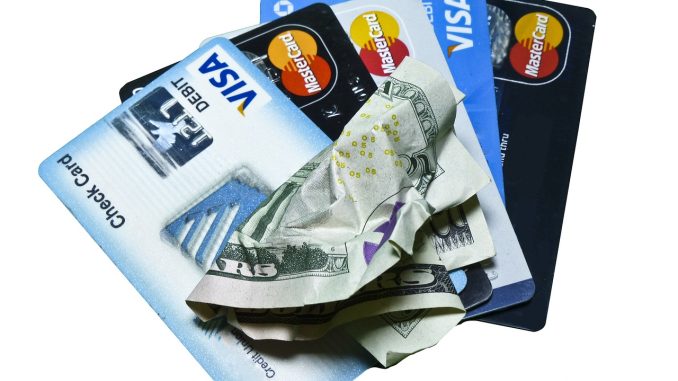
Are you finding it increasingly challenging to manage your credit card debt? If the weight of outstanding balances is causing stress and financial strain, rest assured that you have the power to take control of your situation.
1. Assess the situation
Here are some practical steps on how to pay off your credit card debt and achieve financial freedom.
The first step is to get a better understanding of your current financial situation. Start by listing all your credit card balances, interest rates, and minimum monthly payments. This will be the foundation for your strategic debt repayment plan.
2. Create a realistic budget
Categorize your expenses into essential and non-essential, and allocate a portion of your income specifically towards debt repayment. This ensures that you have a dedicated fund to tackle your credit card balances systematically.
3. Prioritize high-interest debt
Identify the credit card with the highest interest rate and allocate additional funds to pay it off more aggressively. By doing this, you can save money in the long run as you minimize the total amount of interest you pay over time.
4. Consider balance transfer
Consolidating high-interest debts onto a card with a lower interest rate through balance transfers can be a smart move. However, be cautious of transfer fees and carefully review the terms of the new card to make sure it is a cost-effective solution for your situation.
5. Negotiate lower interest rates
It’s worth reaching out to your credit card companies to negotiate lower interest rates. Many creditors are open to working with you if you express your commitment to clearing your debt. A reduced interest rate means that a larger portion of your payment goes towards paying down the principal balance.
6. Explore debt consolidation loans
Debt consolidation loans provide an opportunity to streamline multiple debts into a single, manageable payment. Research different lenders, compare interest rates, and choose a loan that aligns with your financial goals.
7. Cut Unnecessary expenses
Temporarily reducing or eliminating non-essential expenses can free up additional money for debt repayment. While it may require some sacrifice, cutting back on discretionary spending is a short-term commitment that will lead to long-term financial relief.
8. Generate additional income
Exploring opportunities to increase your income can accelerate your debt repayment journey. Consider taking on a part-time job, freelancing, or selling items you no longer need. The extra income can be directed towards paying off your credit card balances faster.
9. Build an emergency fund
To prevent accumulating more debt in the future, establish an emergency fund. Having savings set aside for unexpected expenses makes it less likely that you will need to rely on credit cards in the future, ultimately breaking the cycle of debt.
10. Celebrate milestones
Recognize and celebrate your progress along the way. As you successfully pay off each credit card, take a moment to acknowledge your achievements. Positive reinforcement will keep you motivated and focused.
Paying off credit card debt requires commitment and planning. By following these steps, you can take control of your finances, eliminate debt, and work towards a more secure financial future.


Leave a Reply